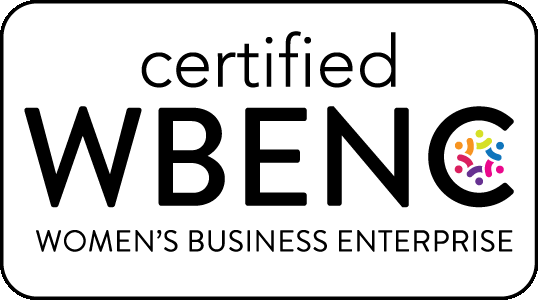
We’re all familiar with the concept of K.I.S.S. – Keep It Simple Stupid (or more politely, Keep It Short and Simple). We could add yet another variation: Keep It Short and Scannable.
Information overload is relentless, with another whole set of messaging around the pandemic and its effect on the workplace heaped onto other corporate communications. So, if you really want to be heard, K.I.S.S. is more important than ever.
Whether you’re creating your own content or coaching others to be better communicators, here are some tips for frequently used channels:
- Make your subject line the headline: It should summarize the entire message and command attention. If action is required, say so here.
- Capture key information in the first paragraph: Write like a journalist, with the most important information up front.
- Make use of bullet points: They make your message easier to scan and easier to digest.
- Keep it concise: The longer your message, the greater the risk of losing your reader’s attention.
PowerPoint
- Limit bullet points to five per page: If you have more, create two slides instead of one.
- Use powerful graphics: Good graphics break up the space, add interest and increase engagement.
- Keep the number of slides to a minimum: If you need to add detail and support materials, use an Appendix.
Intranet article
- Hone your headline: Like a good picture, a good header is worth a thousand words. Take the extra time to get it right.
- Engage an editor: Ask a colleague to review your draft. Even the best writers benefit from another set of eyes to ensure clarity and cut excess verbiage.
- Make it easy to scan: Imagine how much harder it would be to read this article without bullet points!
- Choose a high impact photo or graphic: When you’re competing for attention on the intranet, a high quality image can pull in readers and get them to read your article.
Infographic
- Pay attention to the intro: A strong header and, if necessary a short subhead, should telegraph what the subject matter is about.
- Aim for brevity, scannability and simplicity: Content should be ultra short and bulleted. Let the graphics do the heavy lifting.
- Give it a test run before finalizing: Before signing off on design, have a few people from your intended audience review the infographic on different devices to ensure clarity and usability.
- Make sure design supports content: Good design will help get your message across, not overwhelm it.
Looking for a partner to keep your communications short and simple? The O’Keefe Group’s writers know what it takes to get your audience engaged.


